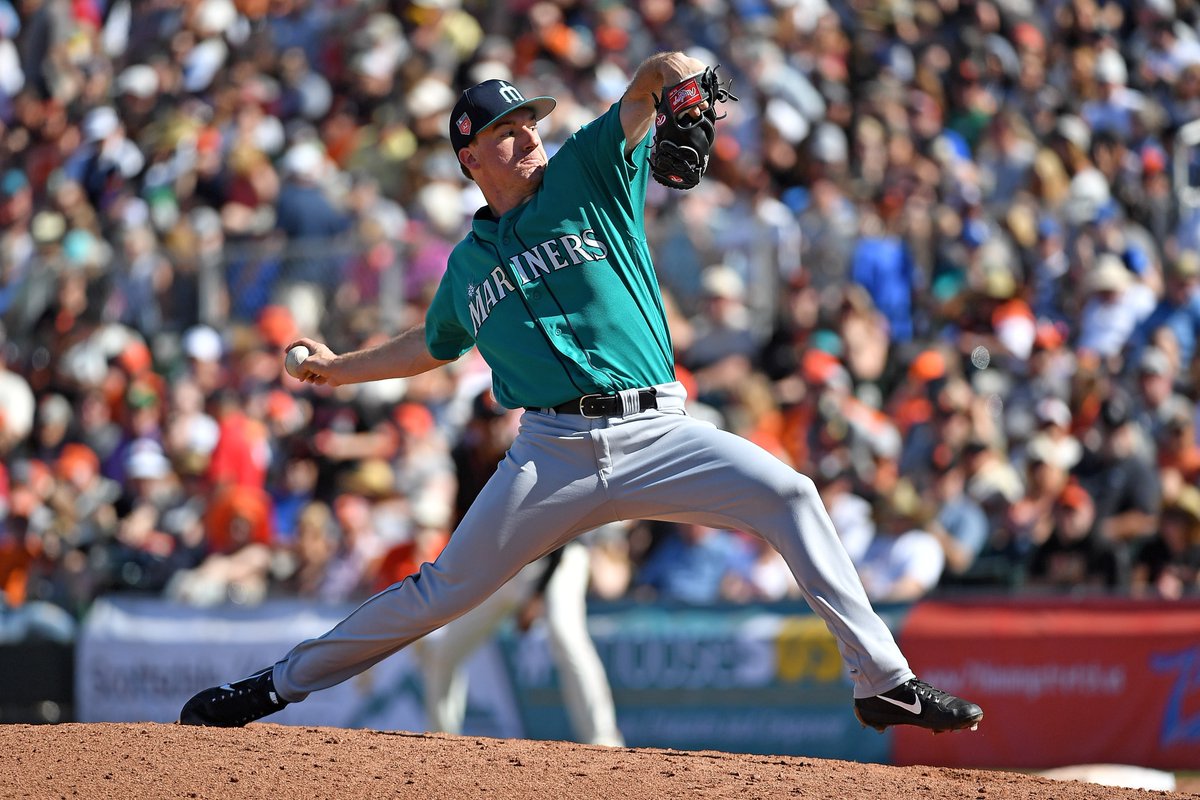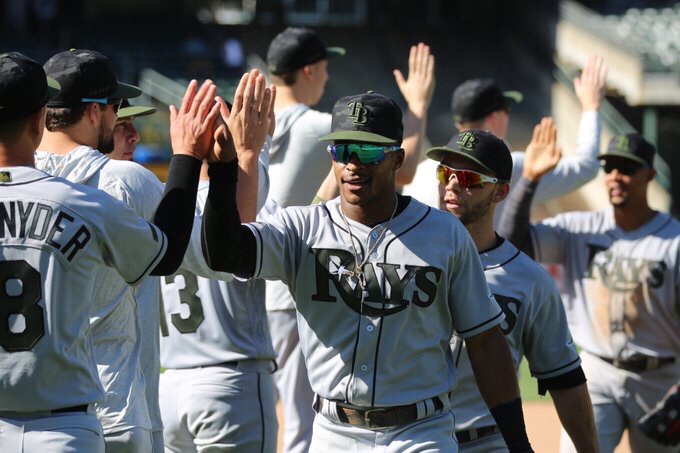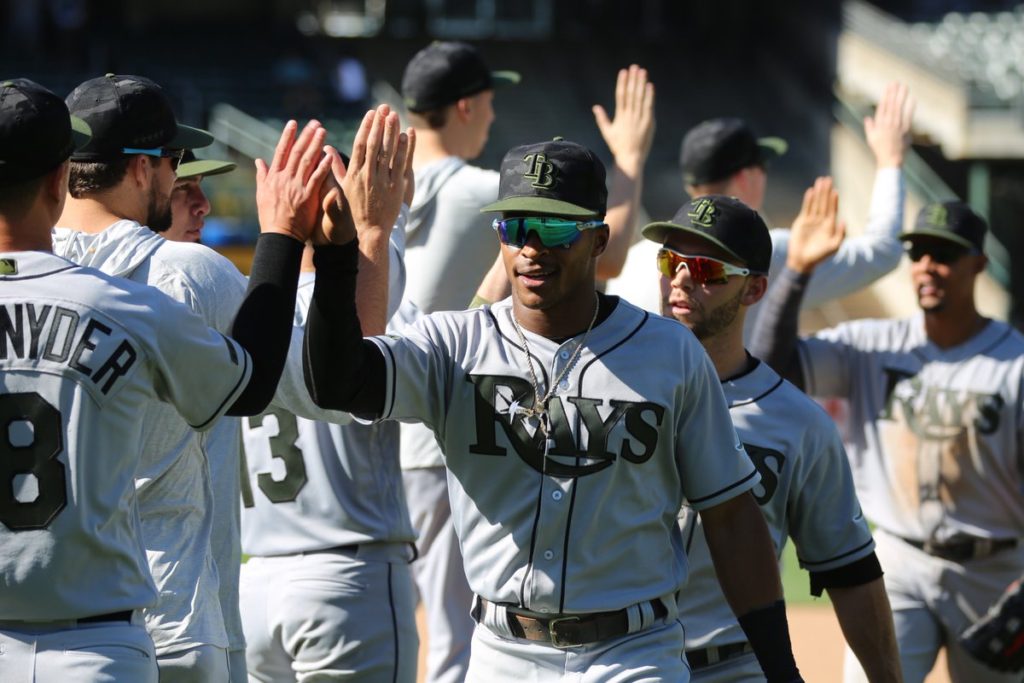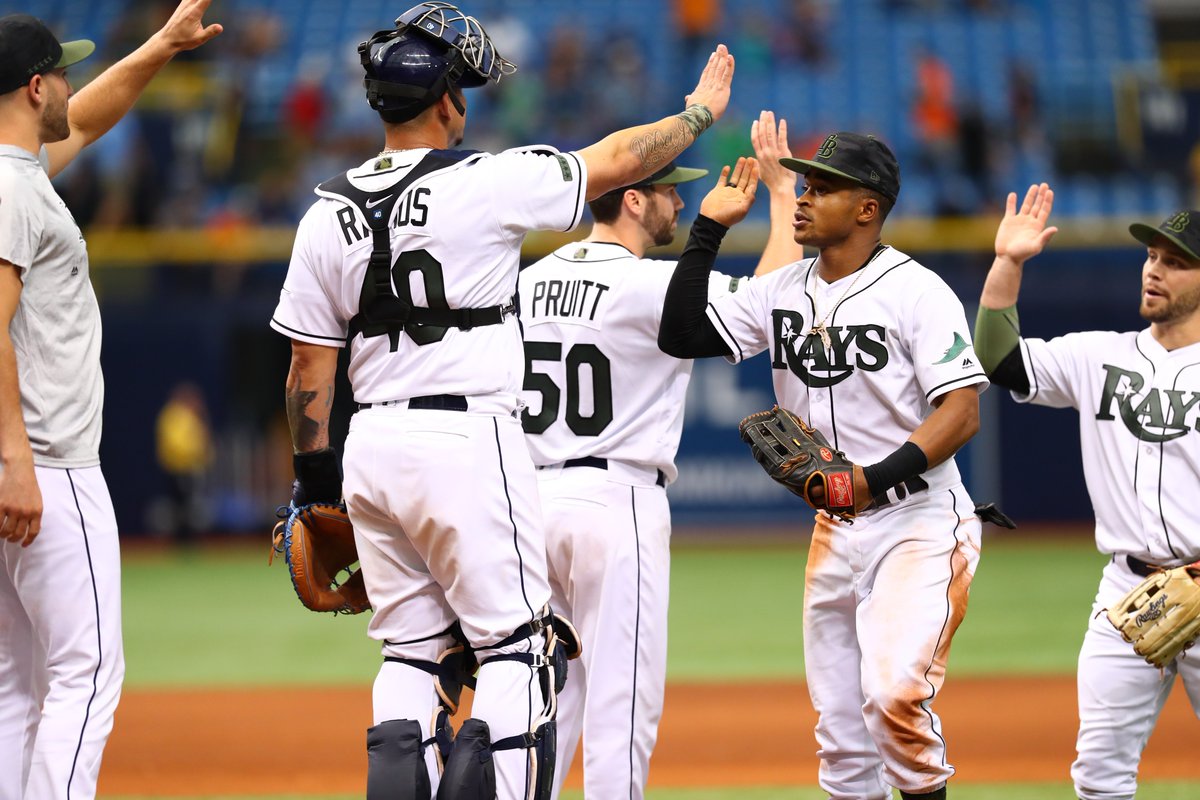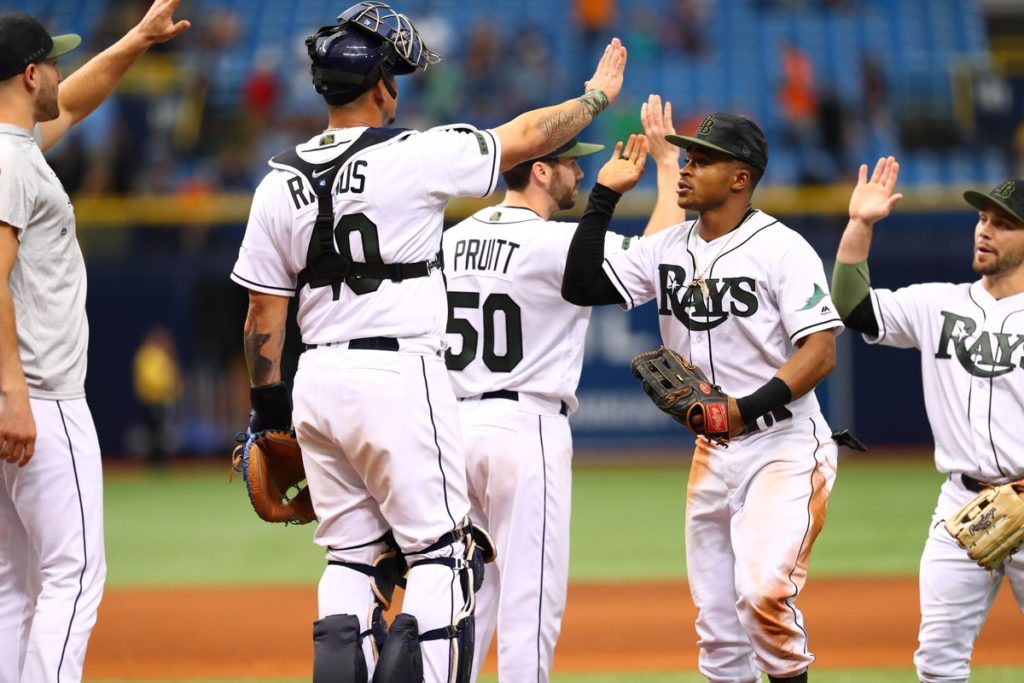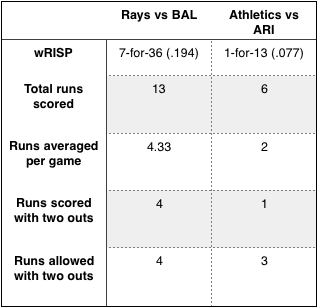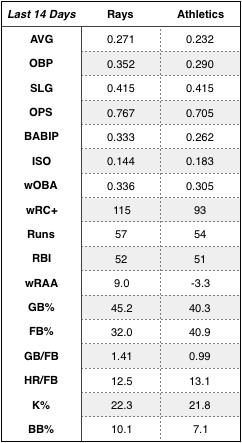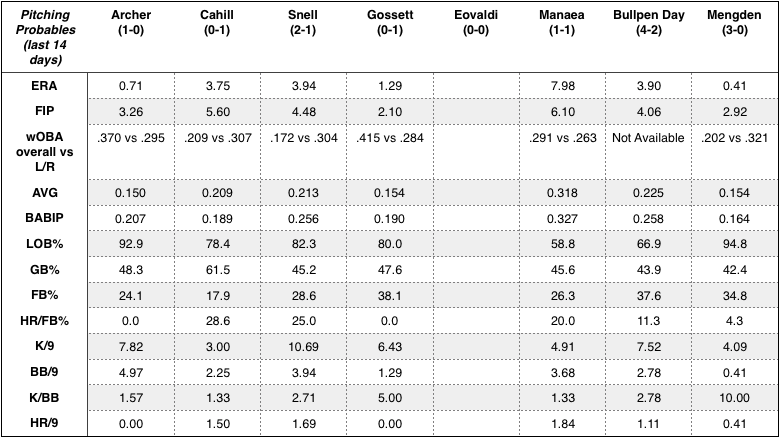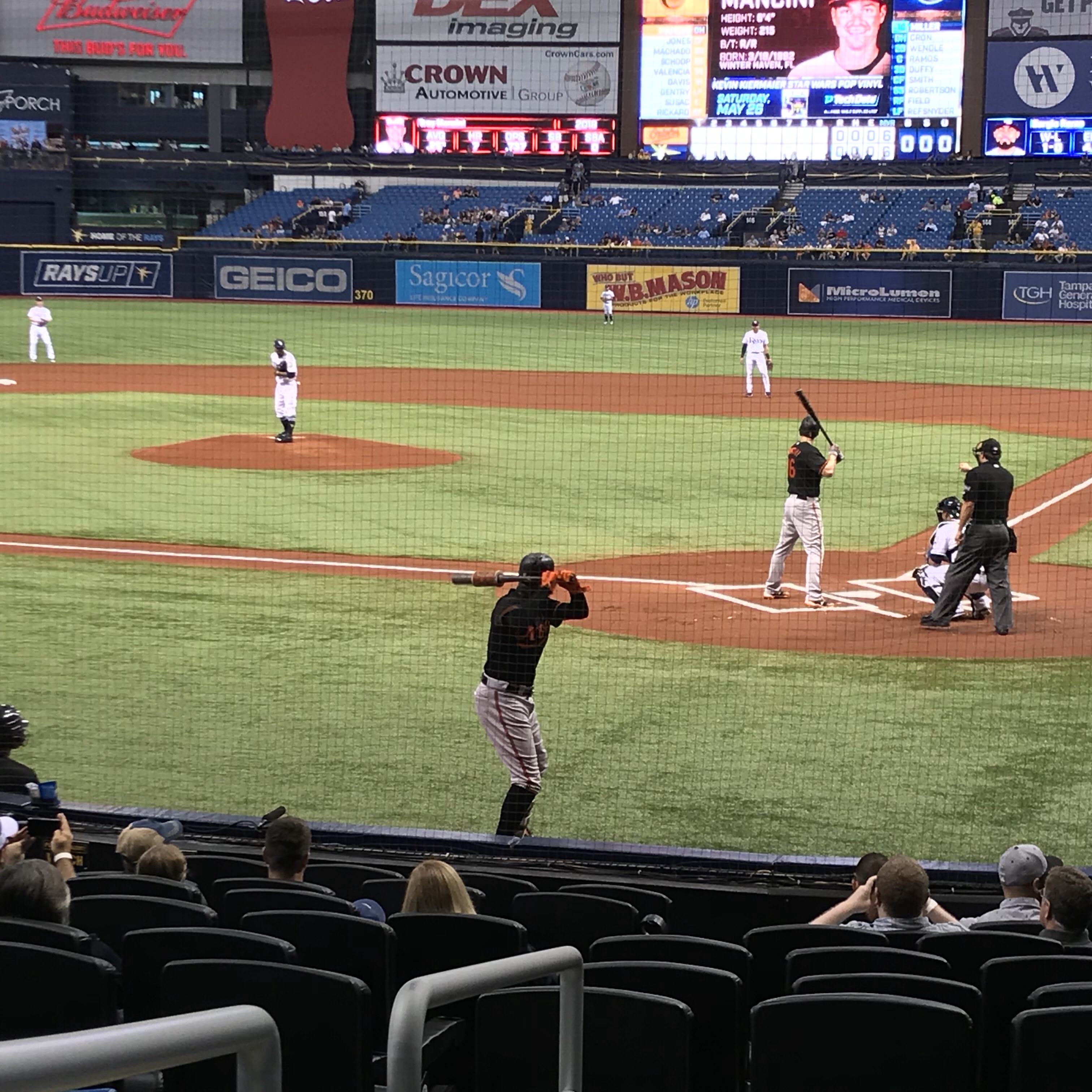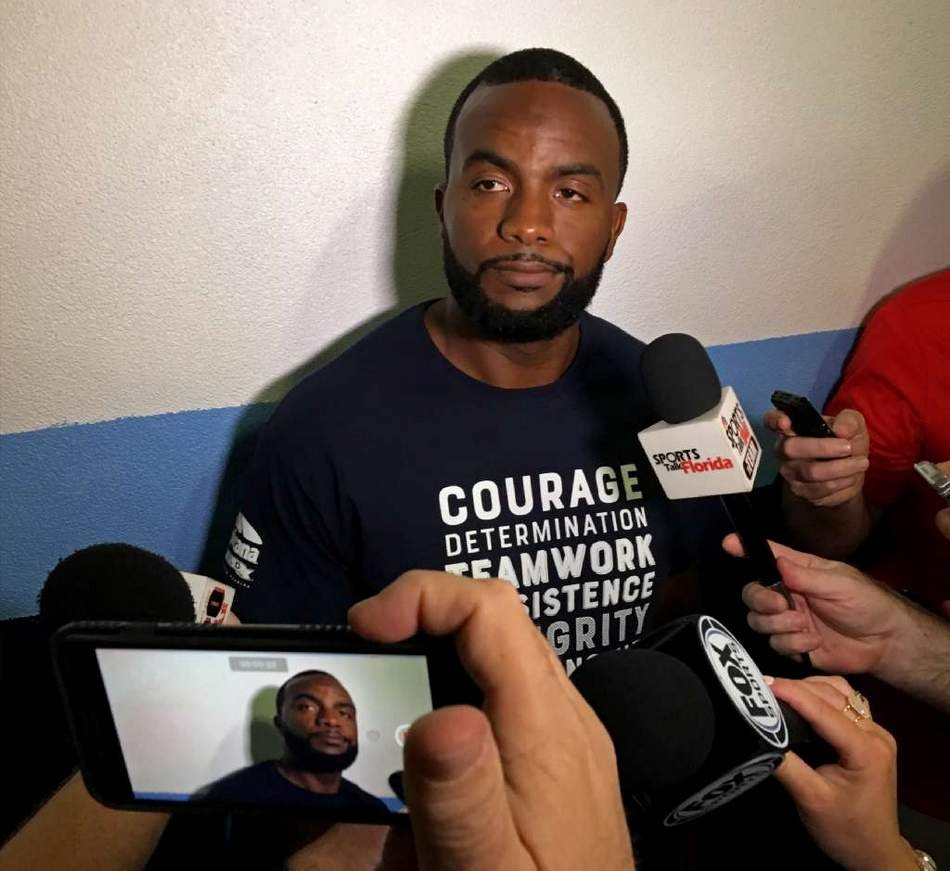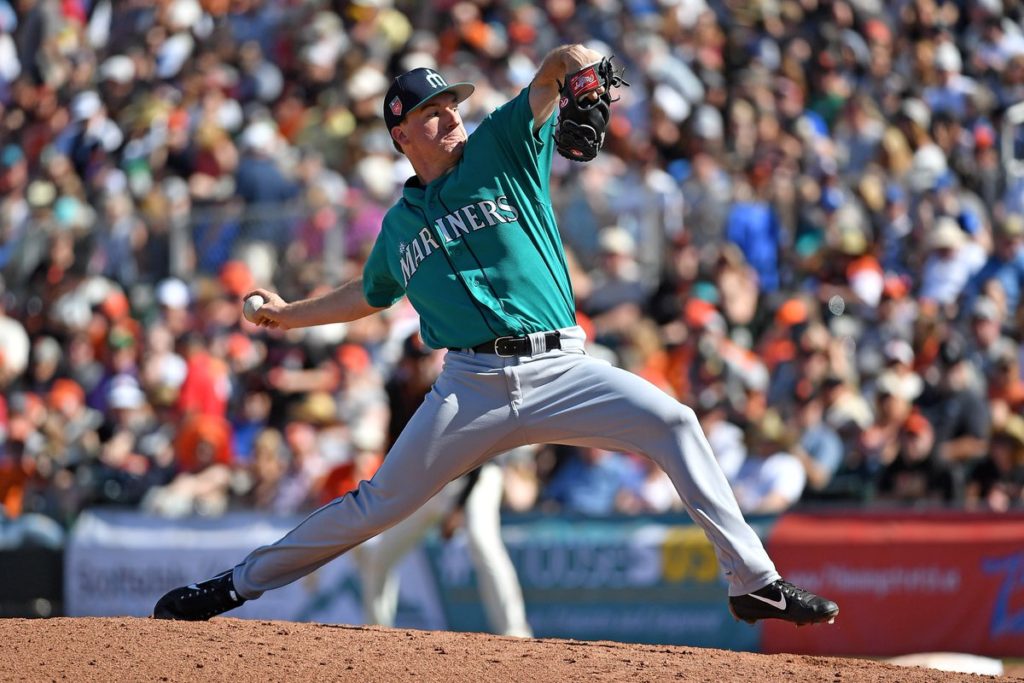
Between writing series previews and recapping ball games — and everything in between — other subjects I’d like to cover tend to fall by the wayside. Lost in the shuffle of last week’s unexpected trade of Denard Span and Alex Colome to Seattle, was an analysis of Tampa Bay’s return from the deal, as well as a minor newsworthy, stadium saga blip. Since it always is my intention to revisit any missed subjects in a timely manner, consider this piece as that.
Rays return from the Span/Colome trade
Two hurlers, RHP Andrew Moore and RHP Tommy Romero, came to the Rays organization, from Seattle, in return for Span and Colome. One projects to reach the big leagues sooner than the other.
Andrew Moore
Moore, 23, was the key piece of the deal. Despite going 1-5, with a 5.34 ERA in 11 games (nine starts) for Seattle last season, Tampa Bay sees much more than his big league numbers might indicate. Rays GM Erik Neander said they see Moore as a Jake Odorizzi/Marco Estrada type of pitcher with great makeup. He was promptly sent to Triple-A Durham, where he posted 5-1/3 innings of 6 H/1 ER ball on Monday.
Neander acknowledged that there is a chance to see him later this season.
Andrew Moore is a player we value highly and think fits in really well to the group we have in place.
But what about his repertoire? Good question. Moore is a four-pitch hurler that demonstrated far better results in the minor leagues than in the bigs, posting a 3-4 record with a 3.48 ERA, 4.12 FIP, and a 5.07 K/BB in 14 starts (75 innings) with Seattle’s Triple-A farm team last season.
Moore boasts a 90 mph fastball, although his secondary pitches are more functional than anything else, leaving him with no real put-away pitch, and forcing him to depend on contact to get outs. His changeup is his best swing-and-miss offering.
Like Odorizzi, Moore is an extreme fly-ball pitcher with ground-ball rates in the 20s and 30s in the upper minors. Moore has gotten punished for leaving mistakes out over the plate — he averaged an 8.4% middle of the strike zone rate, compared to the league average of 7.3%. Pair that with his 48.9% fly-ball rate, and it’s safe to say lot of balls sailed over the fence.
Moore can throw strikes, without a doubt, but against big league hitters he’ll need to throw better strikes.
Tommy Romero
Romero just joined the Class-A Bowling Green Hot Rods.
The 20 year-old righty is thickly built and has the look of a future back of the rotation innings eater. According to Baseball Prospectus, his delivery has some effort but it’s clean and repeatable, allowing for future plus command potential.
Romero’s 91-92 mph fastball is heavy with some arm-side run, and tops out at 93 mph. He spots the pitch well low in the zone, and generates a lot of ground balls in doing so. He does tend to elevate the four-seamer in pitcher’s counts. Moore’s 83 mph changeup is his most advanced secondary offering. Romero replicates his arm speed, while the pitch shows some nice fade. His curveball is a work in progress, with mild break. It, however, is inconsistent and lacks feel.
Can the Rays draw more fans in Tampa?
Tampa Bay Times staff writer Chris O’Donnell published an article on Tuesday seeking to answer that very question, titled Rays move to Ybor City would put team within heart of region’s population, study shows.
The article is based on an analysis by county planners, in both Hillsborough and Pinellas, conducted at the request of the Tampa Bay Times. The results, using future population projections, are similar to a 2010 study by the ABC Coalition. Both studies said the further you moved a proposed facility away from Westshore (the population center of Tampa Bay), the fewer fans could get there in 30 minutes. The ABC Coalition study found that there is a difference of just 78,000 between Gateway/Mid-Pinellas and Ybor/Downtown Tampa.
O’Donnell writes, that if the Rays were to take the field today at — let’s call it Cigar City Stadium (in Ybor) — they would draw from a population of almost 920,000 people within a 10 mile radius.
Widen that to 15 miles and the numbers swell to 1.2 million people.
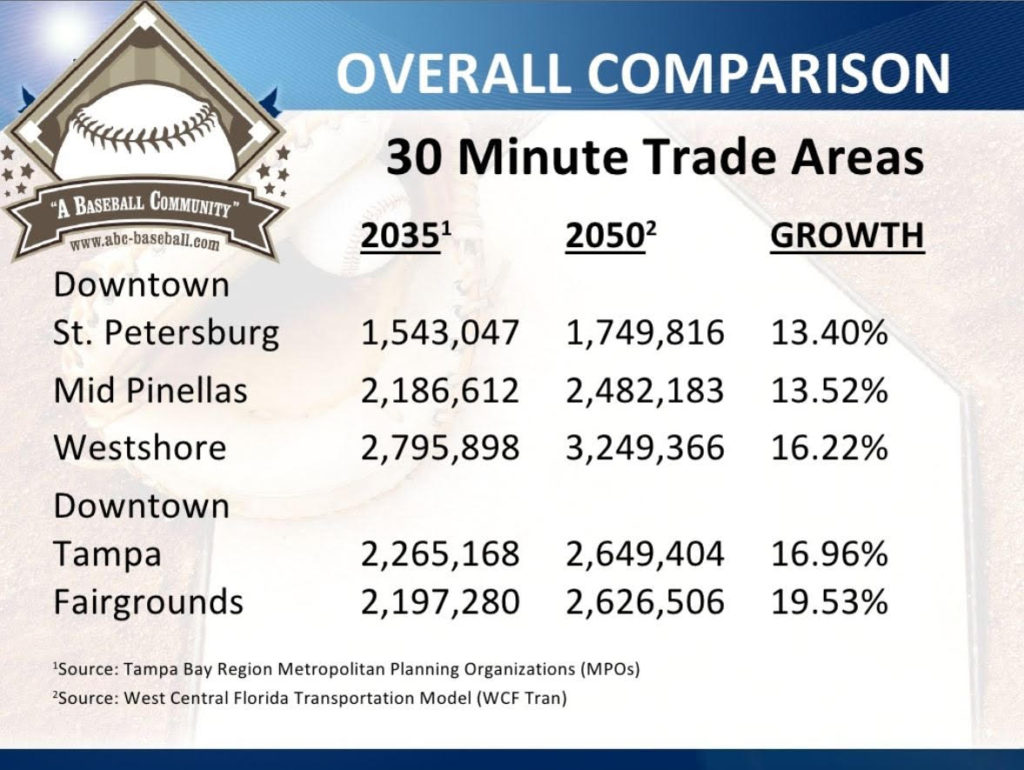
Although how much that would raise actual attendance depends on other factors, although putting a ballpark within easier reach of that many more people would help, said Patrick Rishe (director of the sports business program at Washington University in St. Louis), who was quoted in the article.
Getting from one part of Tampa Bay to another can be an issue, Rishe said. There’s no question that when you play so many games, proximity and convenience is vital.
Likewise, building a facility that 600,000 people could reach easily might add just 2,000 more fans on weekdays, said John Vrooman (Vanderbilt University sports economist) — a reasonable estimate, yet far from game changing for the Rays.
What’s more, O’Donnell also conceded that moving across the bay might mean abandoning many long-time Rays fans, citing a storyline from 2014, and Roger Noll (professor emeritus of economics at Stanford University).
When the 49ers left San Francisco for Santa Clara in 2014, the composition of season-ticket holders shifted dramatically towards the area’s South Bay. The Rays might experience something similar.
Noll also warned that a new stadium may only translate into a short-term boost in annual attendance. Even though Tampa is larger, it’s population is a little poorer and younger than St. Petersburg, may be less attracted to baseball.
The initial honeymoon effect of a new stadium will increase attendance a lot — probably by a million or more. But the honeymoon will wear off in a few years, and the new location is probably worth an additional attendance of 200,000 to 300,000 a few years down the road, said Noll.
At the end of the day, Stu Sternberg can stake his claim in Ybor City — and the Hillsborough County Commission, led by Ken Hagan, can try to cobble together a funding mechanism — but that doesn’t change the fact that Hillsborough County does not have the money to build the Rays a stadium. Articles will continue to be published, leading you to believe that a resolution to the Stadium Saga is just around the corner. Charlatans will continue to bang the drum for a 100% privately financed stadium in the 13th largest media market in the country, when that monumental feat has never been accomplished in the biggest of media markets, like New York City or Los Angeles. It is true, a stadium in Ybor would put the team closer to more fans, but so would one built in Gateway/Mid-Pinellas, where there is much more money available. In the words of Noah Pransky (WTSP Action News) don’t cross that (St. Petersburg) off the list just yet — the Rays sure aren’t.

